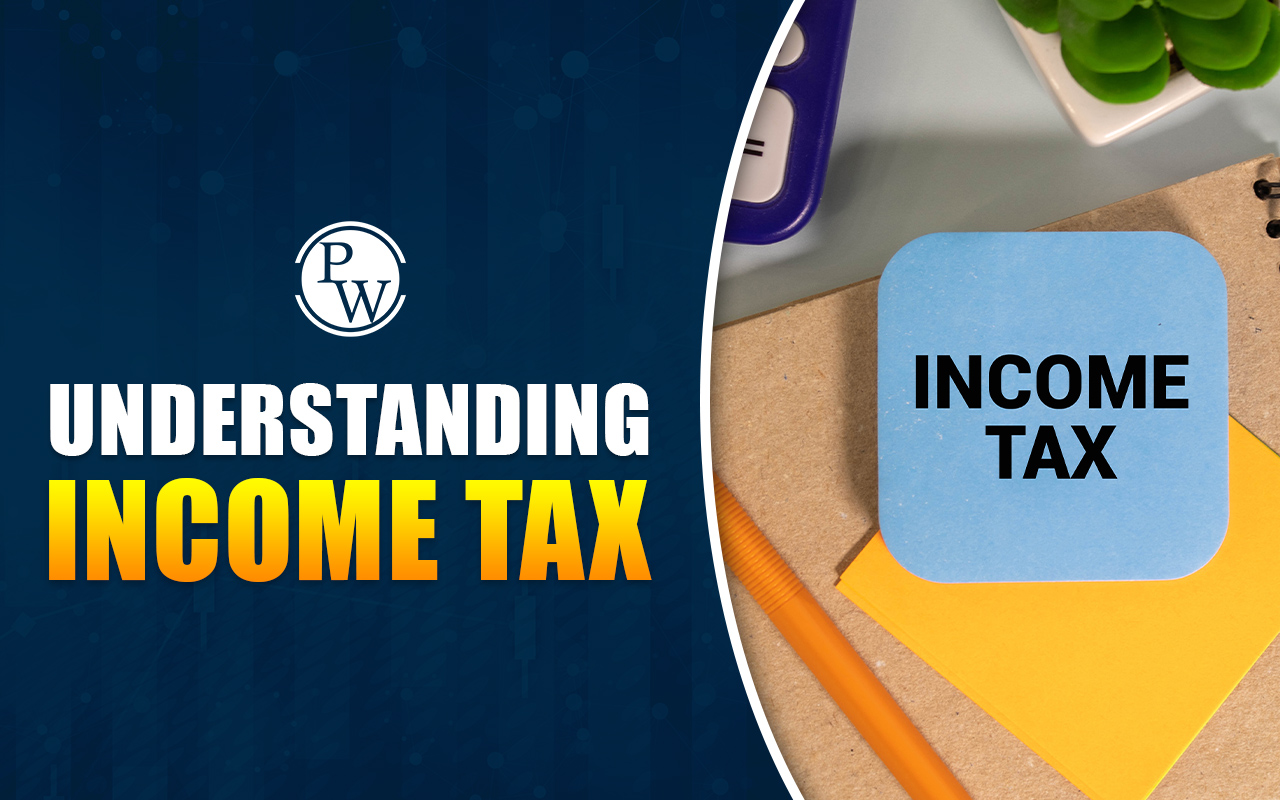
Interest rates play a critical role in both borrowing and investing decisions. Whether you’re dreaming of buying your first home, planning to expand your business, or simply trying to make sense of your savings account, understanding interest rates is crucial.
They influence everything from mortgage payments to car loans, credit cards, and even the returns you earn on your deposits. So, let’s break down what is interest rate, the different types, and how they impact you as a borrower.
What Is an Interest Rate?
An interest rate is the cost of borrowing money or the reward for saving it. It’s expressed as a percentage of the principal amount, the initial sum of money borrowed or invested. In the case of loans, it represents what the lender charges the borrower for the privilege of using their money. When it comes to savings or deposits, it’s the amount the bank pays you for keeping your money with them.
For example, if you borrow ₹10,000 at a 5% annual interest rate, you’ll pay ₹500 as the cost of borrowing that year. On the other hand, if you deposit ₹10,000 into a savings account earning 5% annually, you’ll earn ₹500 over the year. This demonstrates how interest rates impact both borrowing and saving, whether through loans or interest-bearing deposits.
How Interest Rates Work?
Understanding interest rates helps you make smarter borrowing and investment decisions. Think of them as the price tag on your financial decisions. Higher interest rates make borrowing money more expensive, but can boost your earnings if you're saving or investing.
When you borrow, the interest rate applied determines how much you’ll ultimately repay beyond the original loan. It affects loan affordability, monthly payments, and total interest paid over time. On the flip side, for savers, it influences how much you’ll earn from savings accounts, fixed deposits, or other financial products.
Several factors influence interest rates, including:
-
Inflation rates
-
Central bank policies
-
Economic growth
-
Borrower’s creditworthiness
The better your credit score, the lower interest rates you’re likely to receive, since you’re viewed as a less risky borrower.
Types of Interest Rates
Interest rates come in various forms depending on how they’re calculated, applied, and compounded. Understanding these types helps borrowers and savers make informed financial decisions. Let’s break down the major ones:
Simple Interest Rate
A simple interest rate is one of the easiest to understand. It calculates interest based solely on the principal amount. This means you pay interest only on the amount you originally borrowed or invested, without adding accumulated interest into the mix.
Formula: Simple Interest = Principal × Rate × Time
For example, if you borrow ₹5,000 at a 5% simple interest rate for 2 years, the interest would be calculated as: ₹5,000 × 0.05 × 2 = ₹500. At the end of the two years, you would owe ₹5,500 in total, the original ₹5,000 plus ₹500 in interest. This illustrates how simple interest works and helps understand the overall cost of borrowing money.
Most personal loans, car loans, and short-term financing options often use simple interest rates because of their transparency and predictability.
Compound Interest Rate
Unlike simple interest, a compound interest rate calculates interest on both the principal and the accumulated interest from previous periods. It’s like snowballing debt or earnings, your money grows faster because you’re earning interest on the interest already added.
Formula: Compound Interest = Principal × [(1 + Rate) ^ Time – 1]
For example, if you borrow ₹10,000 at a 5% compound interest rate compounded annually for 3 years, the interest would be calculated as: ₹10,000 × [(1 + 0.05)^3 – 1] = ₹1,576.25. At the end of the third year, you would owe ₹11,576.25, the original ₹10,000 plus ₹1,576.25 in interest. This demonstrates how compound interest works by applying interest to both the principal and accumulated interest over time.
The compounding effect is why credit card debts grow rapidly if not managed carefully and why long-term investments benefit significantly.
Read More - What is Stock Valuation? Types & Methods
Difference Between APR and APY
When discussing interest rates, two essential terms often surface, APR (Annual Percentage Rate) and APY (Annual Percentage Yield). Understanding these helps borrowers and savers compare financial products more accurately.
-
APR reflects the yearly cost of borrowing, not taking compounding into account.
-
APY includes the effects of compounding, showing the real rate of return earned in a year.
For example, a 5% APR loan charges 5% of the loan balance per year, while a 5% APY savings account considers interest-on-interest earnings, effectively growing your money slightly faster.
Read More - What Does a Stock Controller Do?
How Are Interest Rates Determined?
Interest rates fluctuate due to several key factors. These include economic conditions, inflation rates, central bank policies, and the demand for borrowing. The following is how each of these influences the rates that affect loans, savings, and investments.
-
Central Bank Policies: Central banks, like the Federal Reserve, adjust base rates to manage economic growth and inflation.
-
Inflation: Higher inflation generally leads to higher interest rates.
-
Economic Conditions: In a thriving economy, interest rates might rise to control borrowing; during downturns, they’re often lowered to stimulate spending.
-
Creditworthiness: Your credit history impacts the interest rates you’re offered. The better your credit score, the lower your borrowing costs.
What Interest Rates Mean to Borrowers?
For borrowers, interest rates dictate how much you’ll repay on loans. Higher interest rates increase monthly payments and the total repayment amount, potentially making loans unaffordable. Lower rates, however, make borrowing cheaper, enabling individuals and businesses to take on debt for homes, vehicles, education, or expansion.
Understanding whether a loan uses a simple interest rate or a compound interest rate helps borrowers manage repayments better. For instance, credit cards usually employ compound interest rates, causing debts to snowball if balances aren’t cleared promptly.
Advance Your Career with the PW Certification Program
Enroll in the PW Certification Program in Finance, Tax, and Accounting to gain in-depth knowledge and practical skills in key financial disciplines. This program is designed to enhance your understanding of finance, tax regulations, and accounting principles, empowering you to excel in the competitive financial sector.
Equip yourself with a globally recognized certification to boost your career prospects and professional growth. Take the next step in your financial career journey today with PW.
Interest Rates FAQs
What is interest rate and why is it important?
What is the difference between a simple interest rate and a compound interest rate?
How do interest rates affect borrowing decisions?
What is APR and how does it relate to interest rates?










